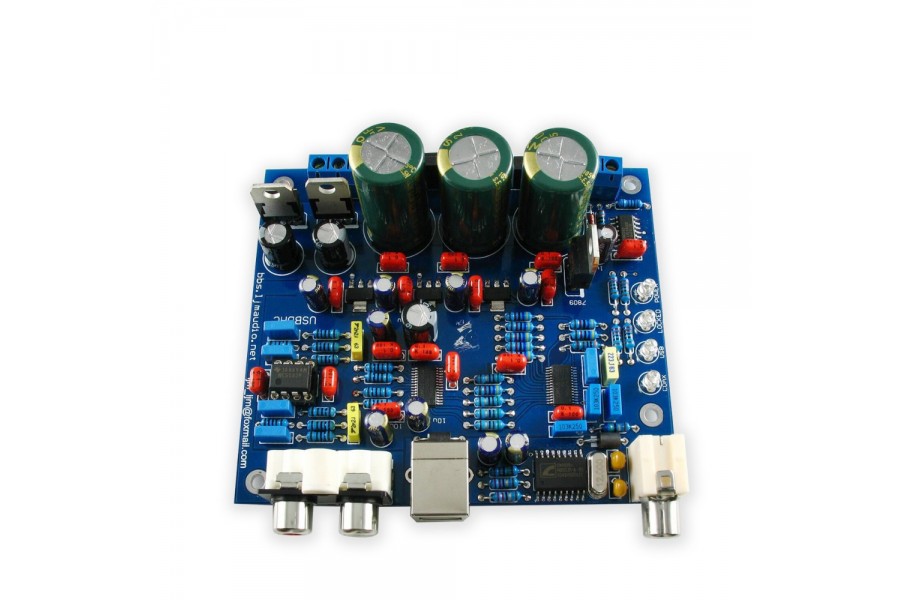

Under the red aluminum EMI shield both models we find the same Sound Core3D quad-core audio processor along with the CA0113-4AG HDA bus controller by Creative, CS4398-CZZ digital to analogue converter (DAC) by Cirrus Logic, two MAX97220A amplifiers by Maxim (one for headphones and one for speakers), 8416CN optical receiver again by Cirrus Logic, nichicon fine gold (FG) capacitors (some Sound Blaster Z batches didn't feature these) and the JRC 21A op-amps for the headphones and line-out functions.
#Cirrus logic cs4398 price series
Aiming at the new mobile networked generation by bridging the worlds of the computer, smartphones, and tablets, Creative continues to reinvent the Sound Blaster, with its ground-breaking Sound Blaster Roar series and USB-audio class of products such as the Sound Blaster X7.Īs revealed by its name the Sound Blaster Z SE is a slightly updated version of the award winning and highly successful Sound Blaster Z audio card Creative released back in late 2012. Famous for its Sound Blaster® sound cards and for driving the multimedia revolution - which established a user base of 400 million - Creative drives digital entertainment with cutting-edge audio solutions that include premium wireless speakers, wireless headphones, powerful audiophile-grade digital amplifiers and next-generation home-theatre systems.

#Cirrus logic cs4398 price Pc
Creative labs used to own pretty much 100% of the PC audio market back in the 90's and even though that percentage did drop a bit when the first onboard sound cards made their appearance right now, they are still the number one sound card manufacturer in the world and after testing all their latest models (AE-5 Plus/AE-7/AE-9) today with me i have their latest one, the Sound Blaster Z SE.Ĭreative is a worldwide leader in digital entertainment products. Today of course things are vastly different and so it makes even more sense to grab a standalone sound card instead of using the motherboard one. Now the reason behind my surprise is that even back in the early 90's when i got my very first 80386 system i paired it with a 16-bit sound card and yes even though back then onboard sound wasn't a thing I’d still get a standalone model later on. One of the things i never could wrap my head around is the number of people who even today use motherboard onboard sound cards to watch movies, listen to music and of course play games.


 0 kommentar(er)
0 kommentar(er)
